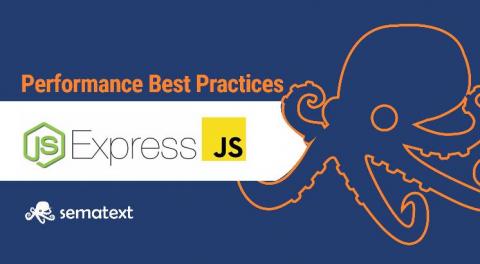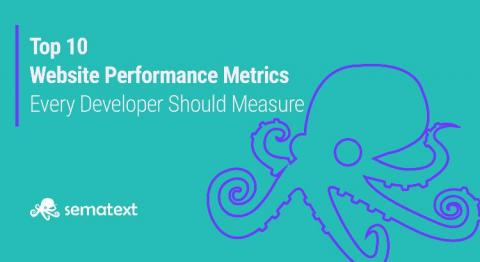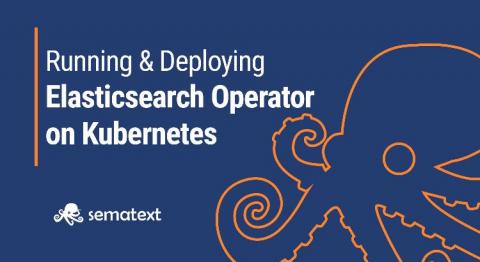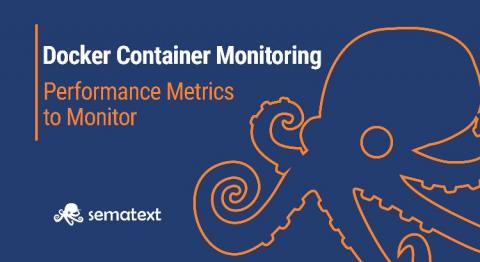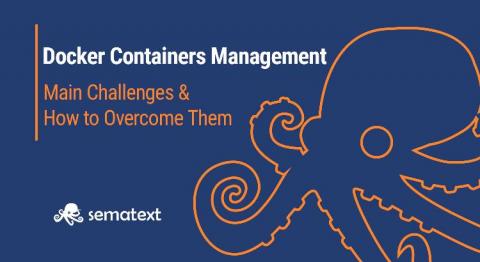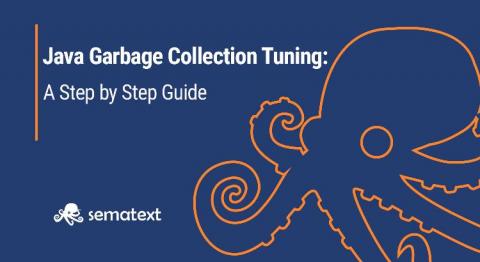Tutorial: Logging with journald
If you’re using Linux, I’m sure you bumped into journald: it’s what most distros use by default for system logging. Most applications running as a service will also log to the journal. So how do you make use of these logs to: In this post, we’ll answer all the above and more. We will dive into the following topics: There are lots of other options to centralize journal entries, and lots of tools to help.



